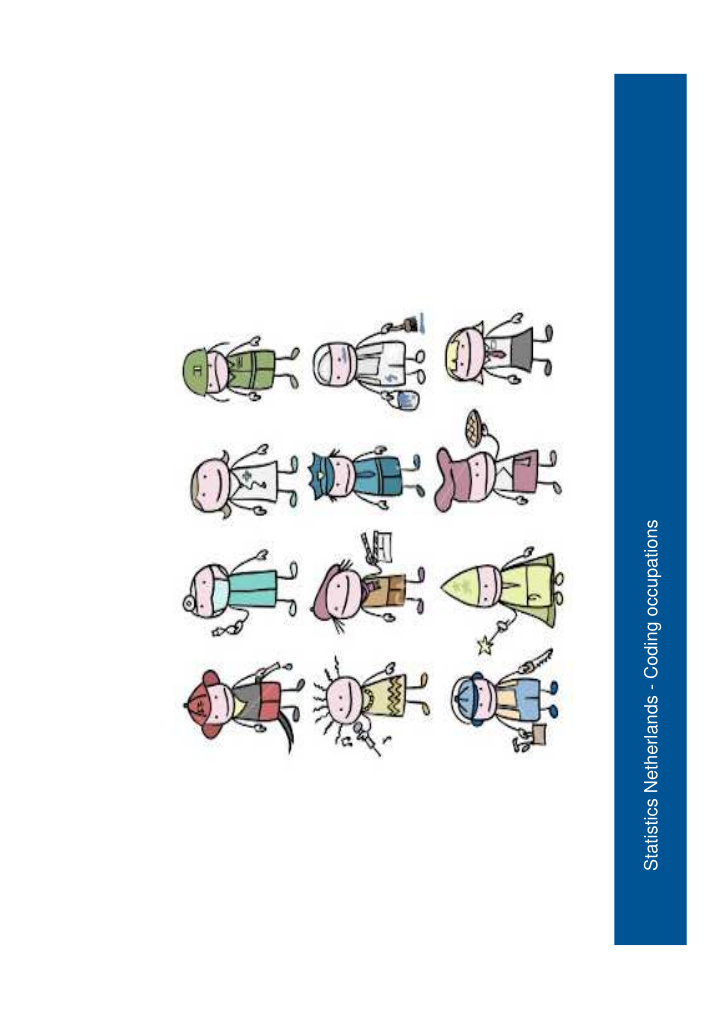



Statistics Netherlands - Coding occupations
Coding occupations The new coding process Hendrika Lautenbach Sue Westerman, Marc Houben
Structure • Why this subject? • Why change current process? • Current system • New system • Adjusted data collection • New coding process • Characteristics of Cascot • Test results • Pros and cons 2 Statistics Netherlands - Coding occupations
Why this subject? • Introduction of measuring occupation by using internet mode, without an interviewer present during the interview, required other system • Minimalize differences in outcome when using multi-mode surveys and over surveys 3 Statistics Netherlands - Coding occupations
Why change current process? • Redesign social surveys • Reduce costs • Similar questions and coding systems for all different kinds of interview modes • Reduce interview time • Legislative obligations to deliver data given priority • IT policy • No custom-made software applications, only standard tools 4 Statistics Netherlands - Coding occupations
Current system • Computer assisted coding by interviewers semi-automatic, interactive • Interviewers need training 5 Statistics Netherlands - Coding occupations
New system • All coding takes place after data collection • Collected data stored in database • Generic system for all surveys • Results (ISCO codes) are also stored in database • The larger part of coding is automatically 6 Statistics Netherlands - Coding occupations
Adjusted data collection • Changes in questions � Jobtitle and duties– still open questions � Some extra questions about managerial occupations � distinction between managers and supervisors 7 Statistics Netherlands - Coding occupations
New data process • Coding in 4 steps • First 3 steps run automatically • If required, last step manually • Data from respondents as well as the outcome of coding process stored in one database 8 Statistics Netherlands - Coding occupations
Characteristics of Cascot • Generic tool: classification independent • Uses a classificationfile • Classification (e.g. ISCO08) • Index (search phrases) • Coding rules • Inputfile -> coding per record -> Outputfile • Result: code + score 9 Statistics Netherlands - Coding occupations
Test results • LFS-pilot: cawi, cati, capi • 74% automatically coded (step 1, 2, 3) • > 90% coded correctly • So, 26% needs manual coding (30% in current situation) 10 Statistics Netherlands - Coding occupations
Pros and cons + Reduced interview time; + Reduced costs to train interviewers + Avoids risk of divergence due to interviewer interpretations; + Similar coding process in all modes using the same questions, and that uses a system in automatic coding and manual coding process; + applicable in other countries as well + cheap system to purchase - No feedback to respondent - Manual coding still necessary 11 Statistics Netherlands - Coding occupations
12 Statistics Netherlands - Coding occupations
Recommend
More recommend